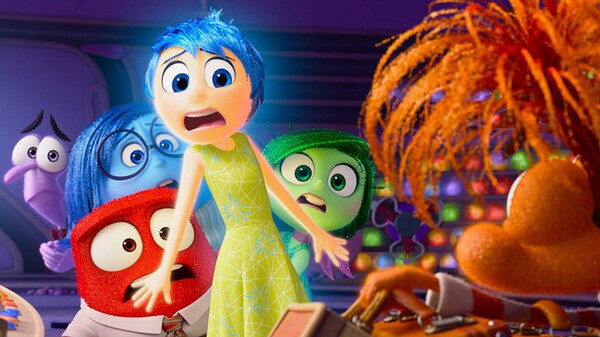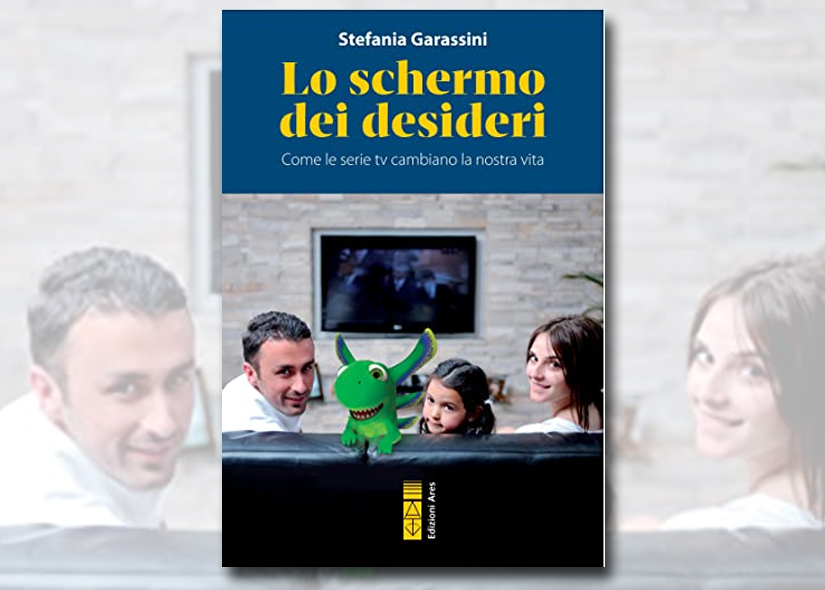“White as milk, red as blood” brought to the cinema
“It’s unfair. Death brushes away everything. What really is the point in
having dreams?” These harsh and startling words come from a scene in a film
called “White as milk, red as blood”, directed by Giacomo Campiotti, based
on the book with the same title written by Alessandro D’Avenia.
The answer is implicit in the question and seemingly quite brutal yet it is
patently obvious: “ No point I guess”.
This answer is not unlike many others. The obvious answer is not always the
right and proper one. “There are dreams which go beyond death – replies a
Philosophy teacher to his pupil Leo (the leading male role) who falls in
love with a terminally ill girl called Beatrice – Leonardo Da Vinci drew a
helicopter but he did not live long enough to see it fly”.
During her illness, Beatrice passes from moments of great courage and
strength to moments of deep fragility and vulnerability. Her words of hope,
her dialogues with God, her thoughts and advice (all so discreet are
carefully planned and spoken) draw something in the hearts of those who are
close to her by giving a whole new value and meaning to life. Along with
the pain and grief, the girl leaves behind (albeit in an initial phase)
something precious to those who love her.
The film attracts a young audience who by their nature are in search of
answers and meaning in life. It is without a doubt an excellent example of
a story which has not suffered from problems of adaptation, it is a story
in itself and has a form of its own on the big screen. The film, is
literally filling cinemas throughout Italy and has exceeded all box office
expectations. It is a film which captivates and is able to move an audience
and can even reach out to those who have not yet read the book. It was
published by Mondadori publisher in 2010, and since then it has been
translated in French, Spanish, Chinese, Portuguese, Dutch, Polish,
Bulgarian… It has been distributed in various countries and in a short
period of time has become an international bestseller.
The film, like the book does not simply want to tell the story of a young
girl who is dying of leukaemia in the prime of her life. Moreover, it is a
story of an illness (which despite the suffering it brings) becomes
instrumental in giving life a whole new value and meaning and in particular
marks out the difference between love and falling in love; concepts
completely different from “passion”.
Falling in love as it transpires in the film, does not mean yearning or
consuming oneself with desire: it does not mean losing one’s head moreover,
it is about finding an anchor, an anchor of salvation, something which
helps to see order where chaos is all around, something which gives us
serenity and a feeling of safety in times of adversity.
Love, in general is closely tied to dedication, sacrifice, mutual care and
support, to overcoming one’s fears for the sake of another.
Finally, the film conveys the message that love never dies: because it
surpasses all its sacredness, it goes beyond the barriers of materiality
and paves a way like a relay race where someone finishes, someone else
starts.
The proper question to ask is “How can death end something that has
mysteriously come alive in her?”
The young protagonist will not see her helicopter fly either but someone
else will build it and thanks to her will fly high above for her.














